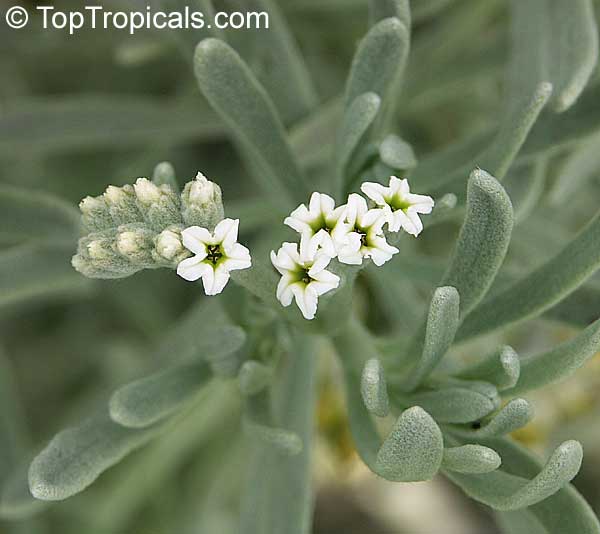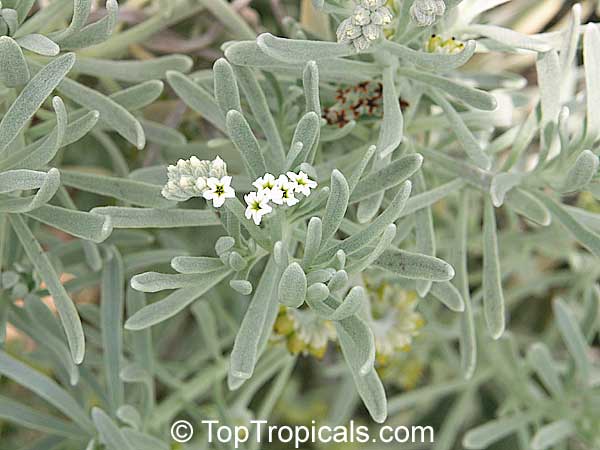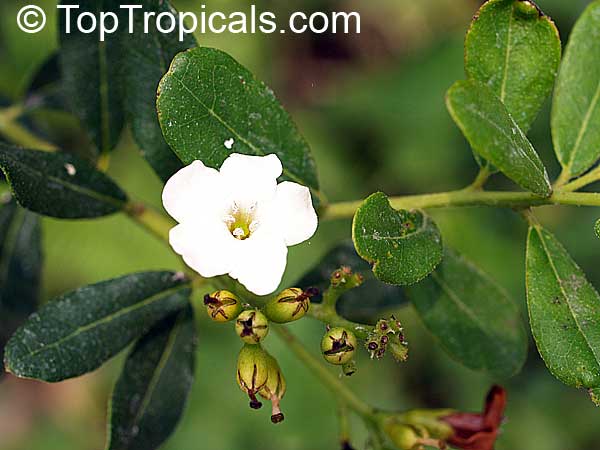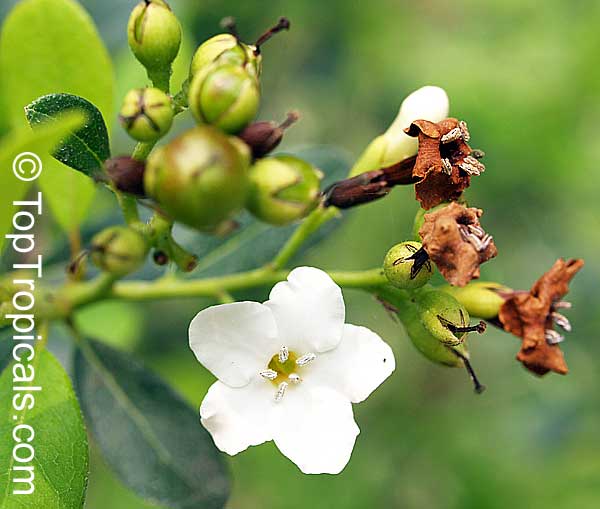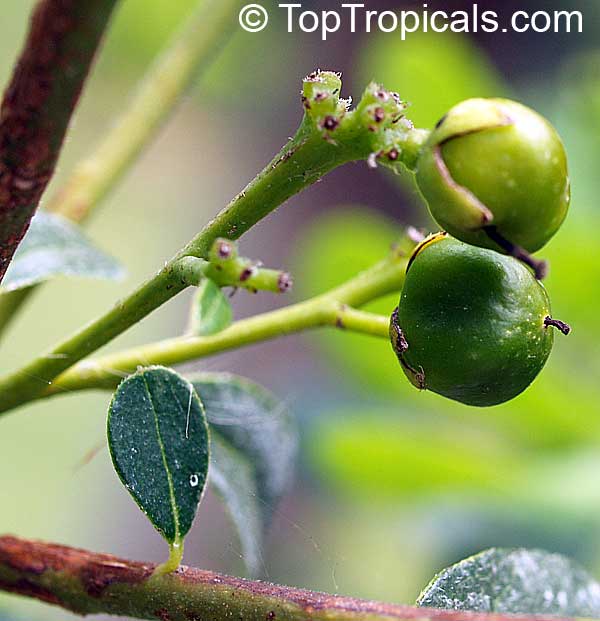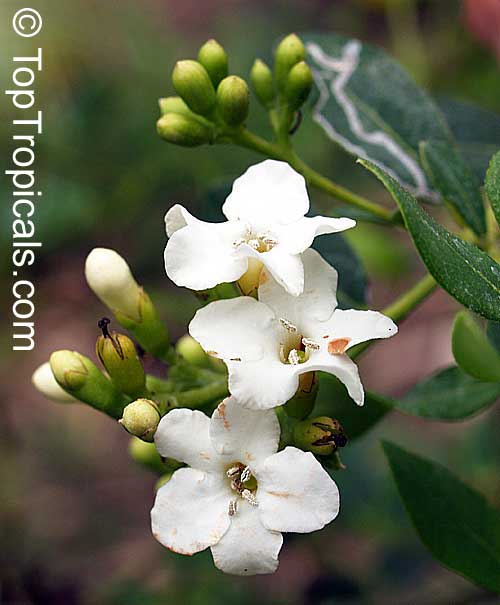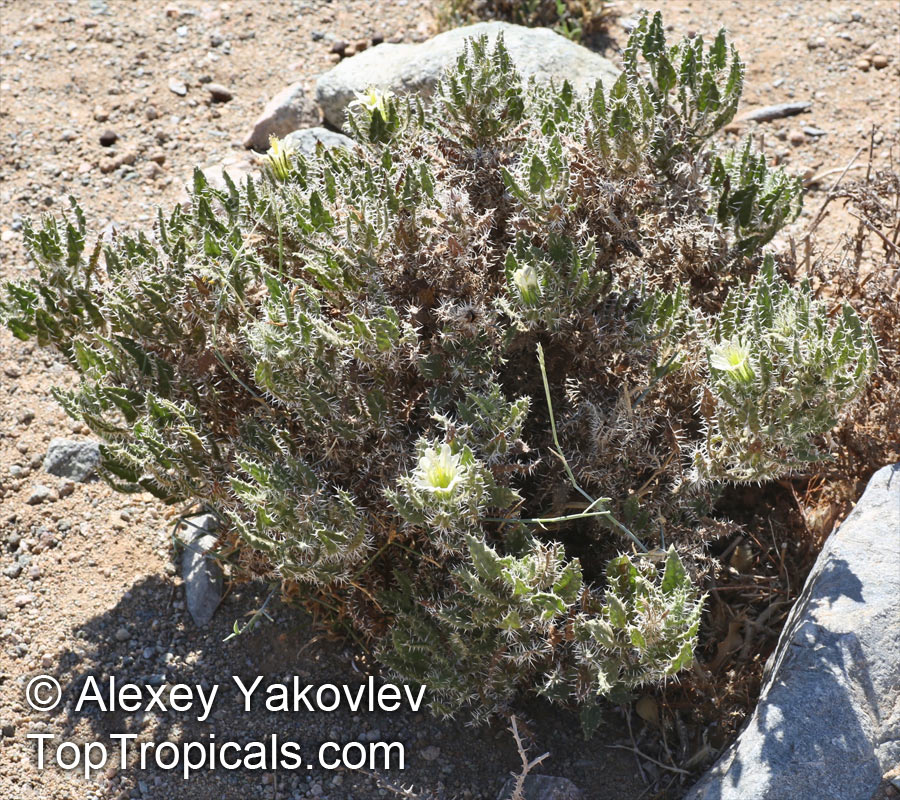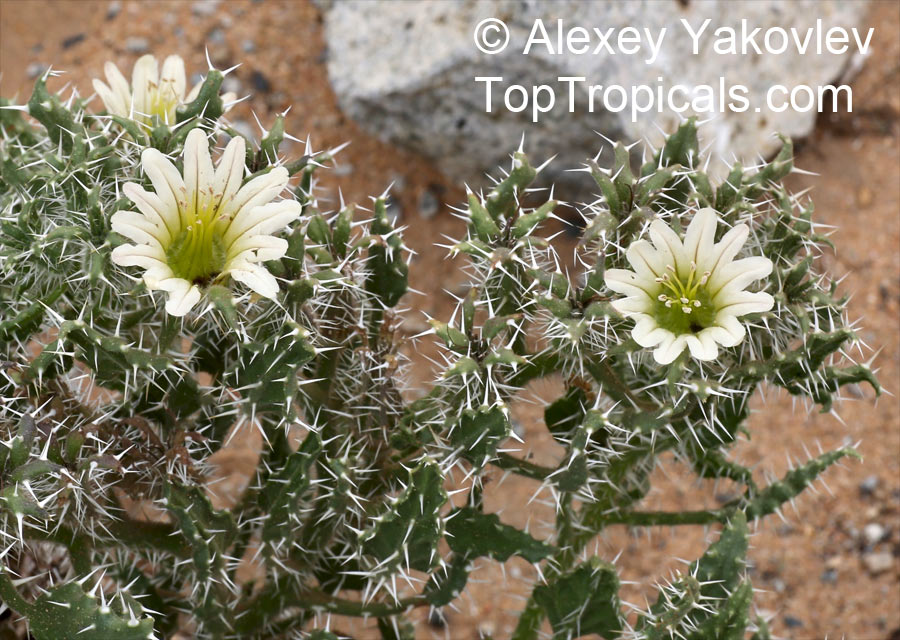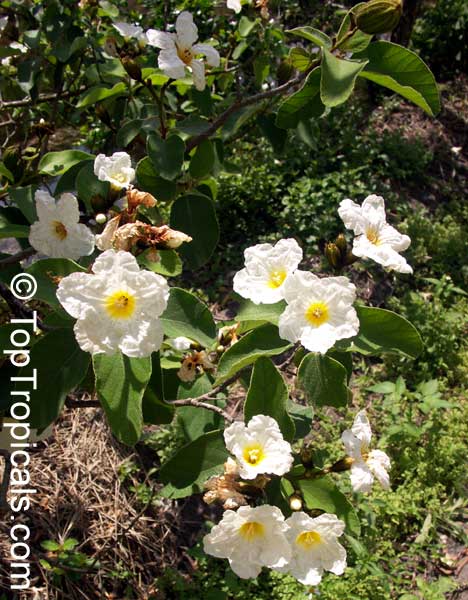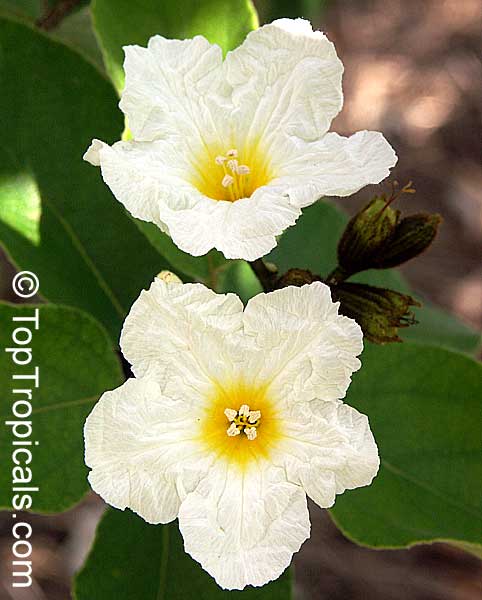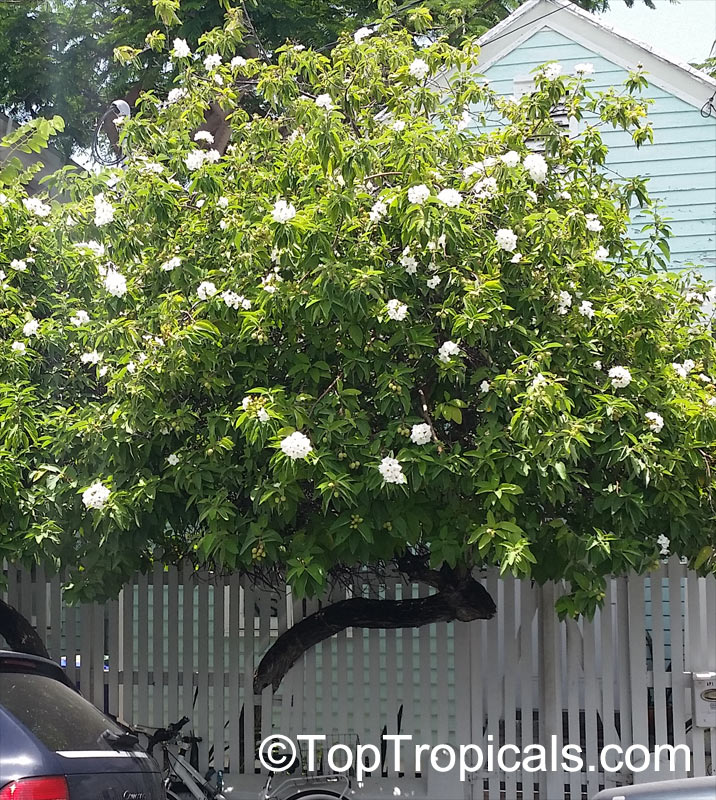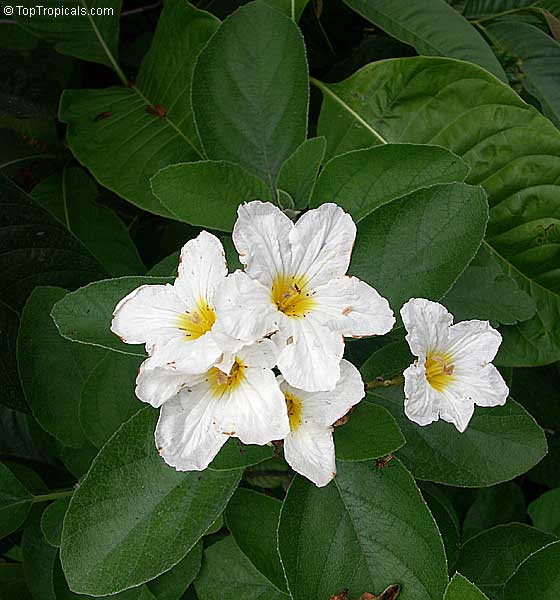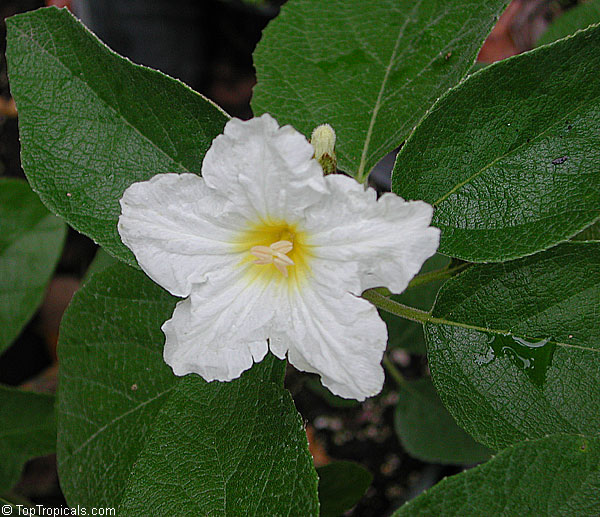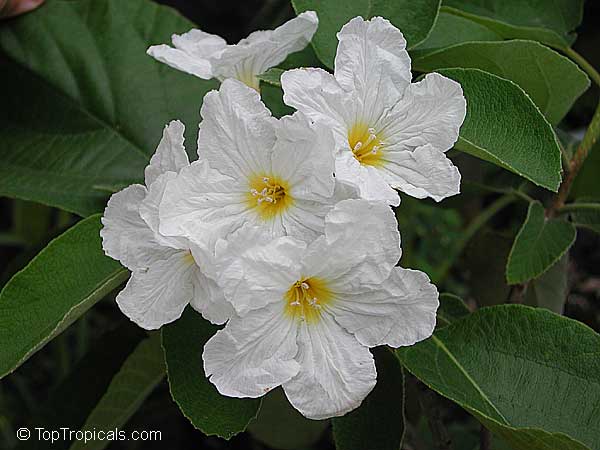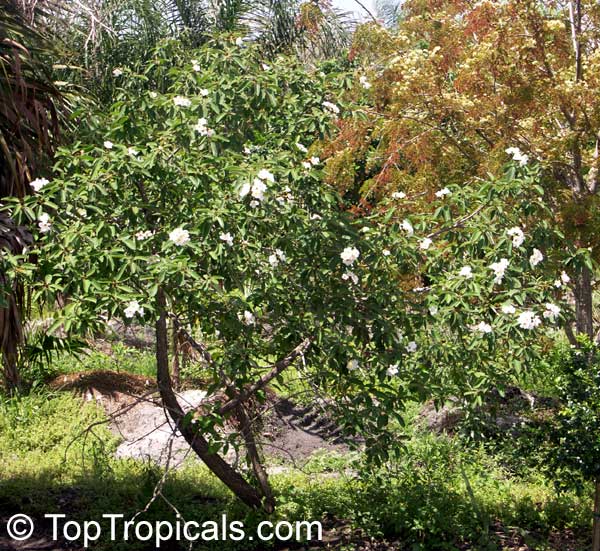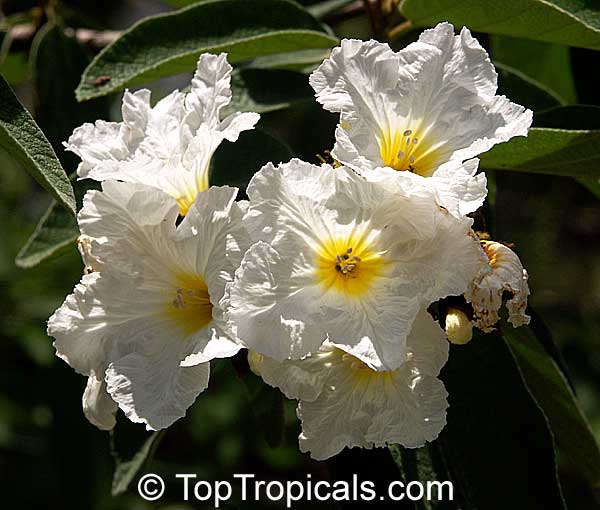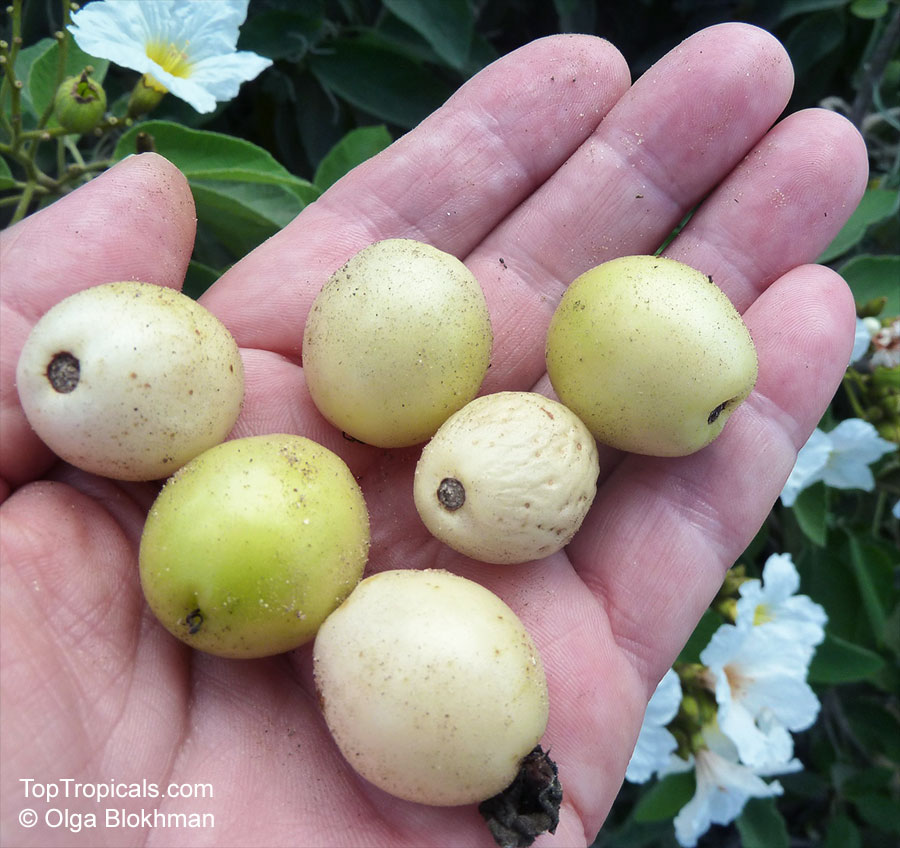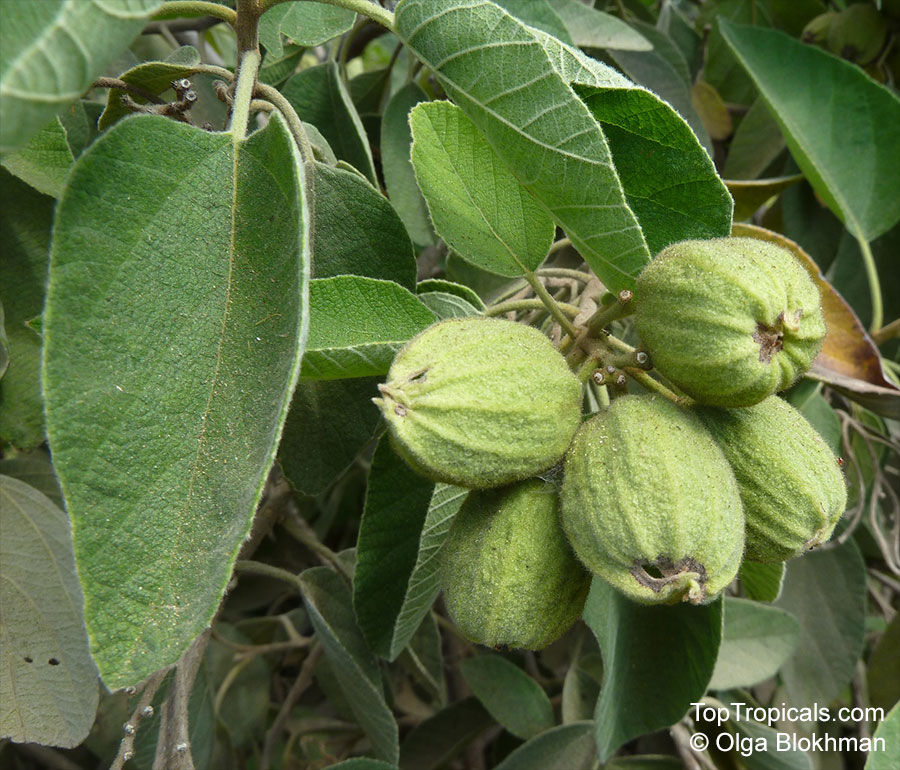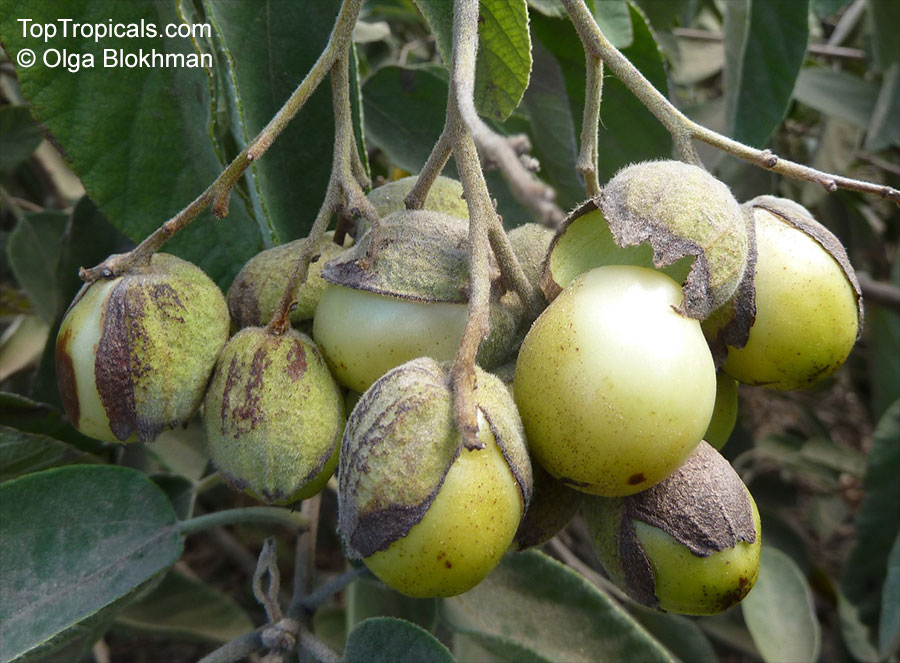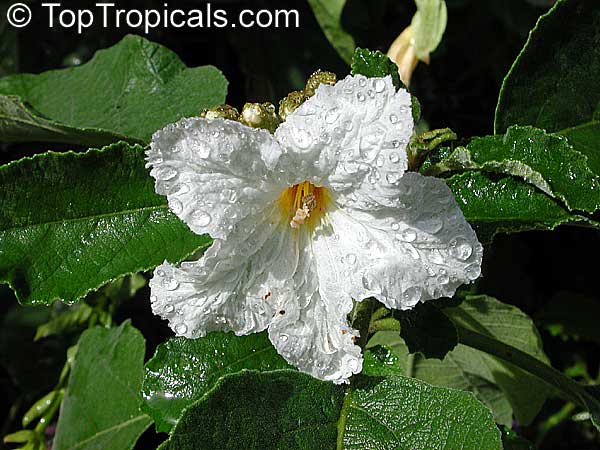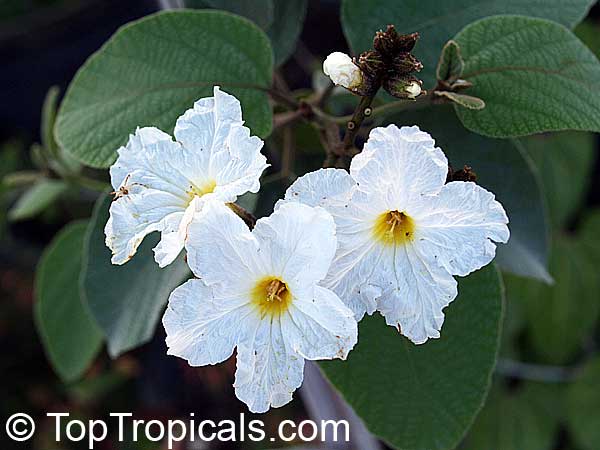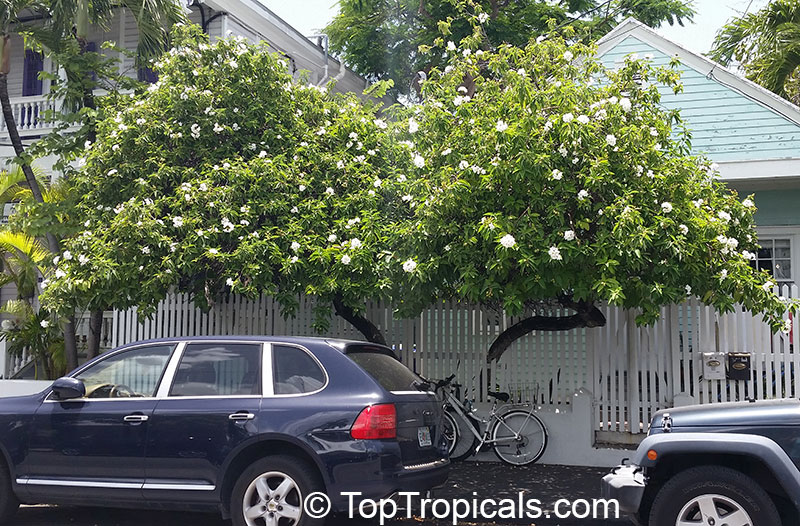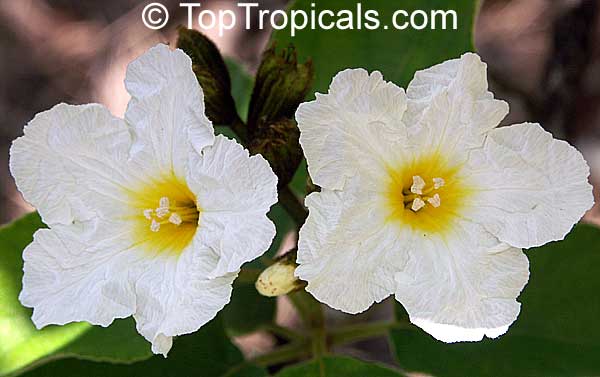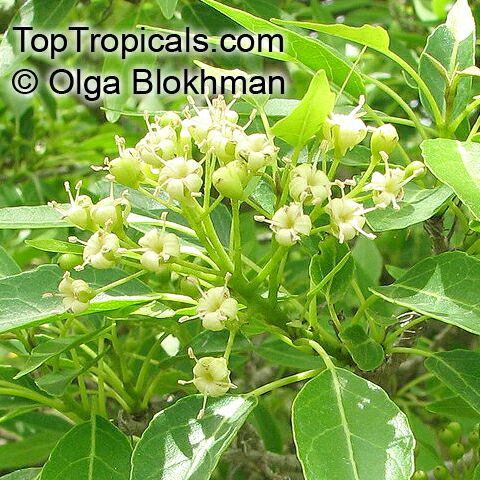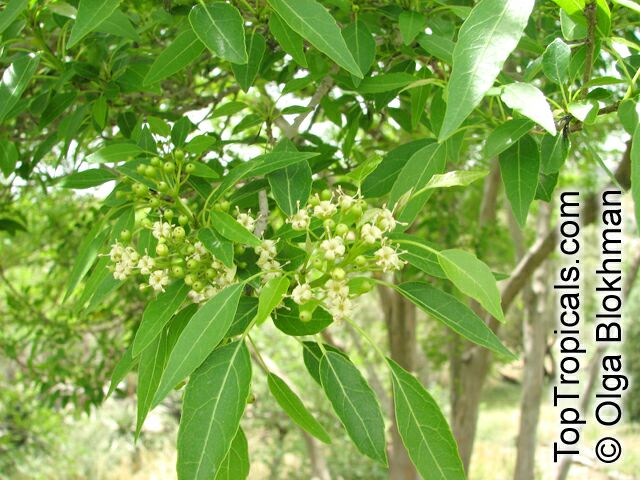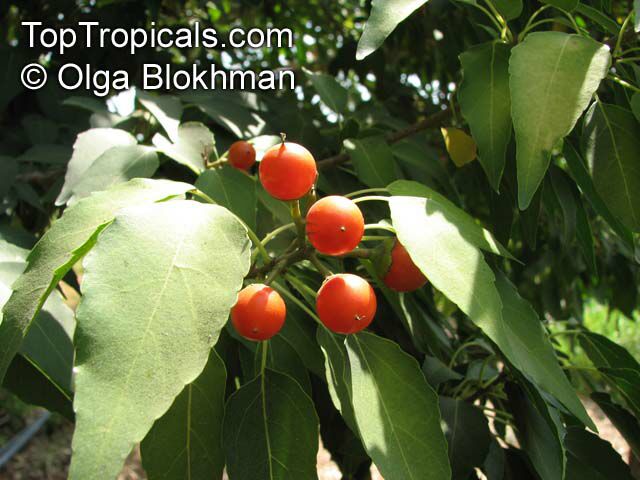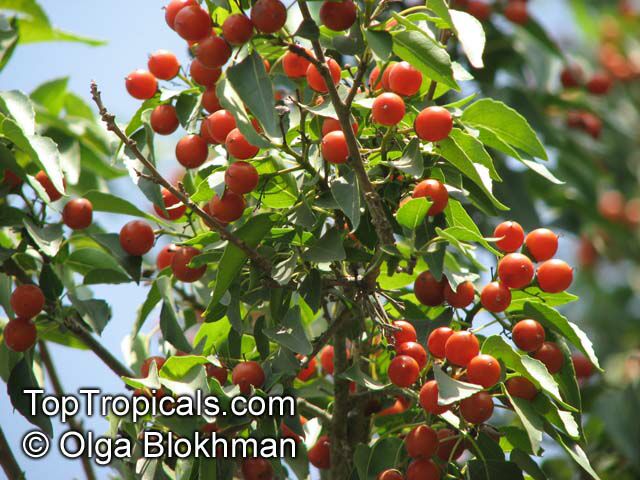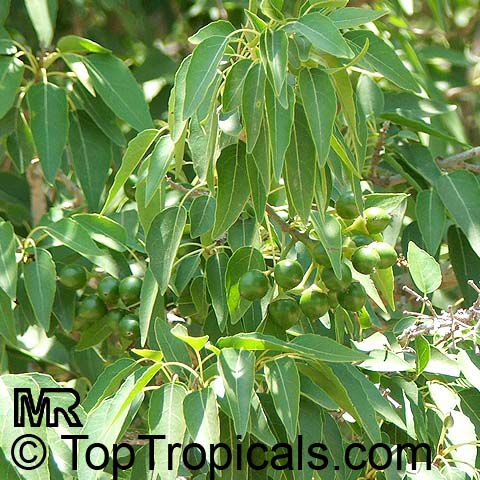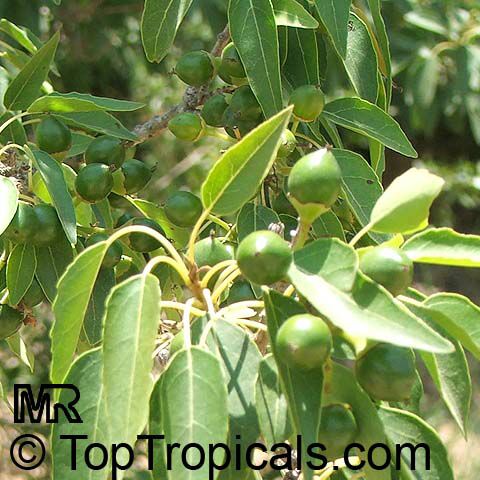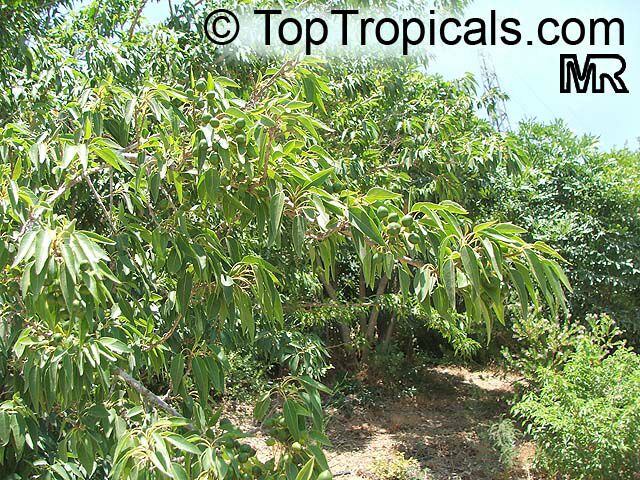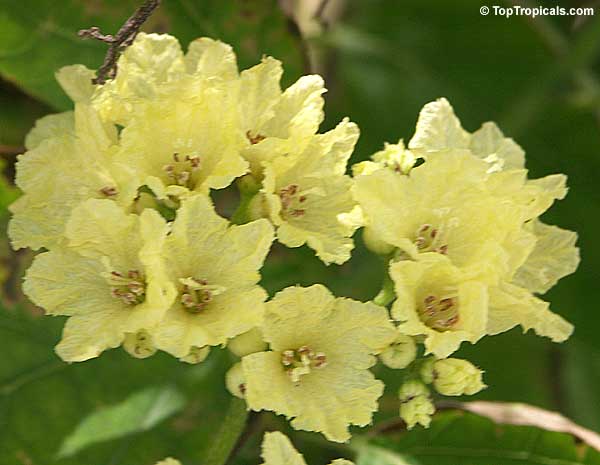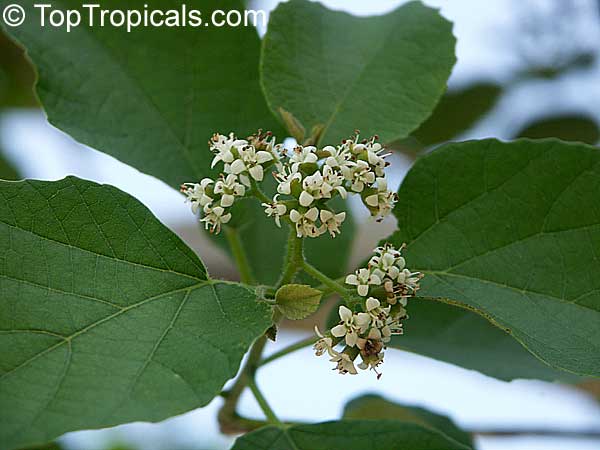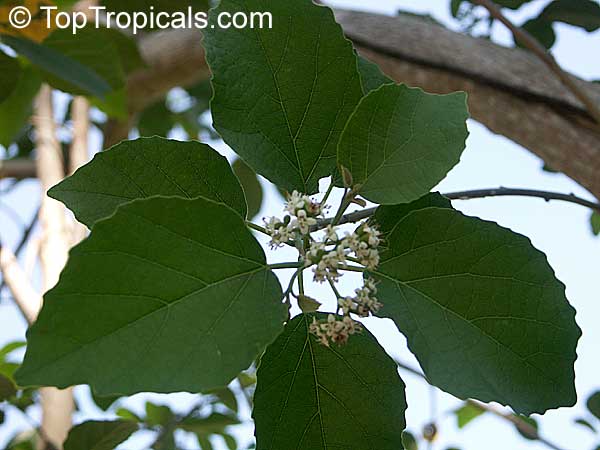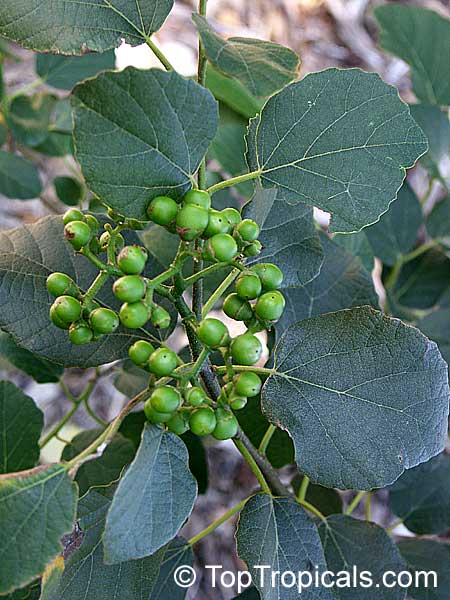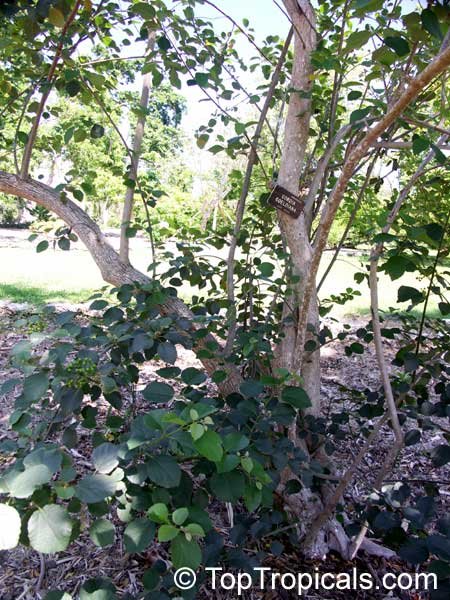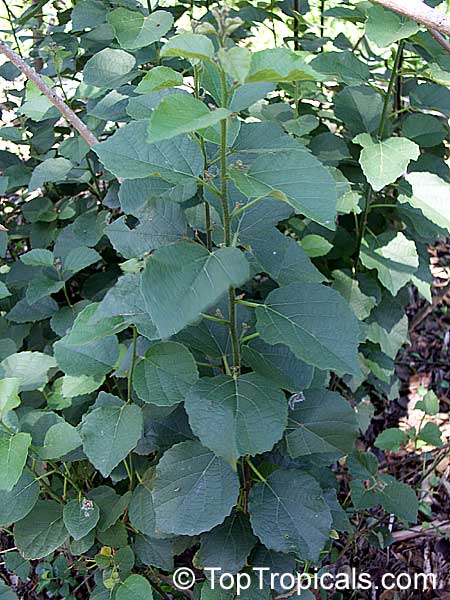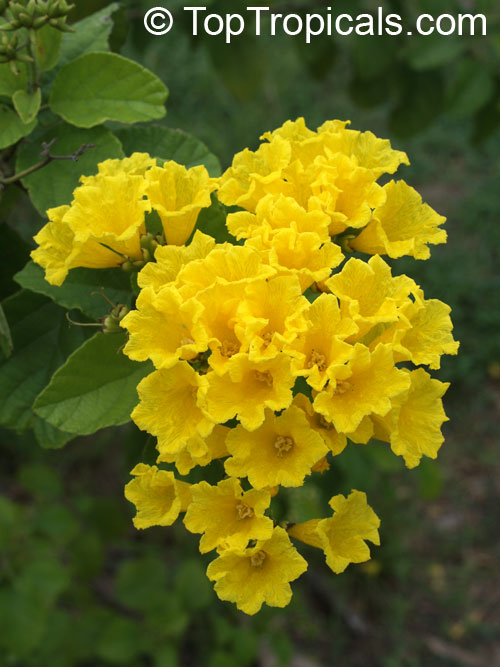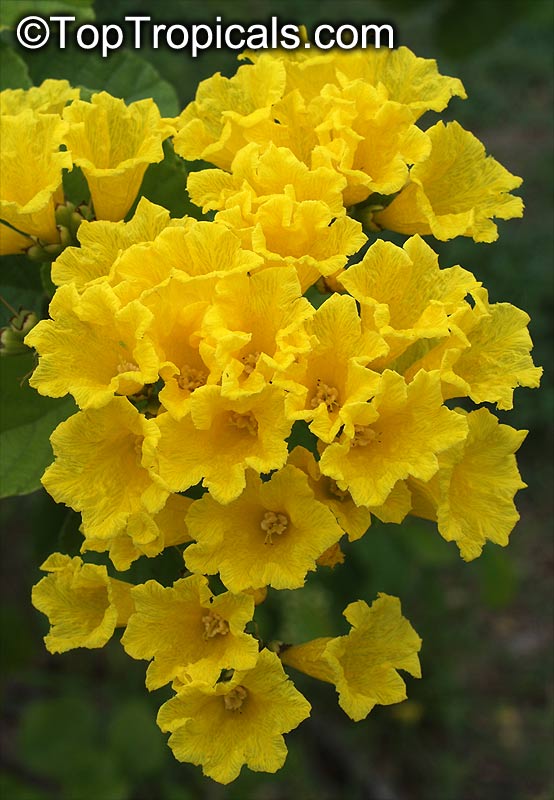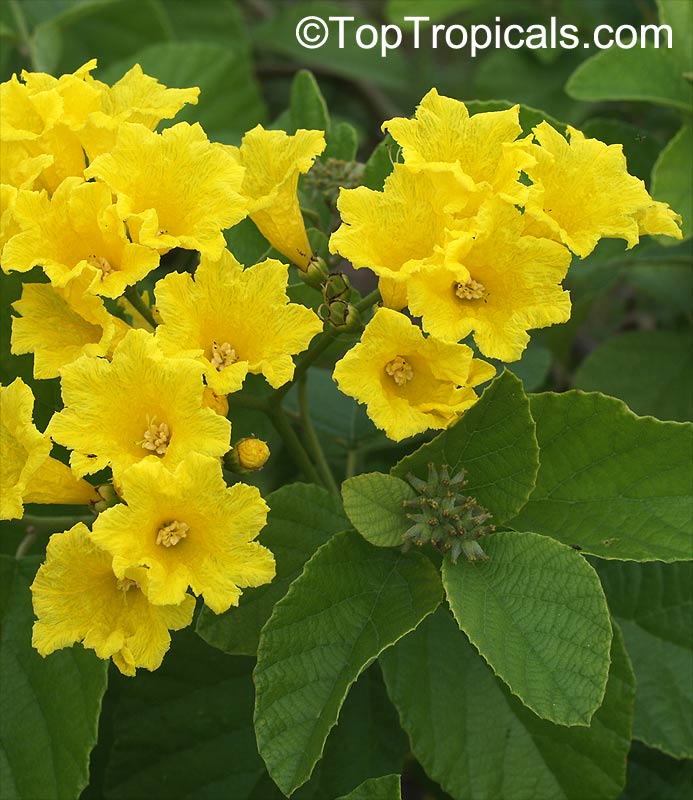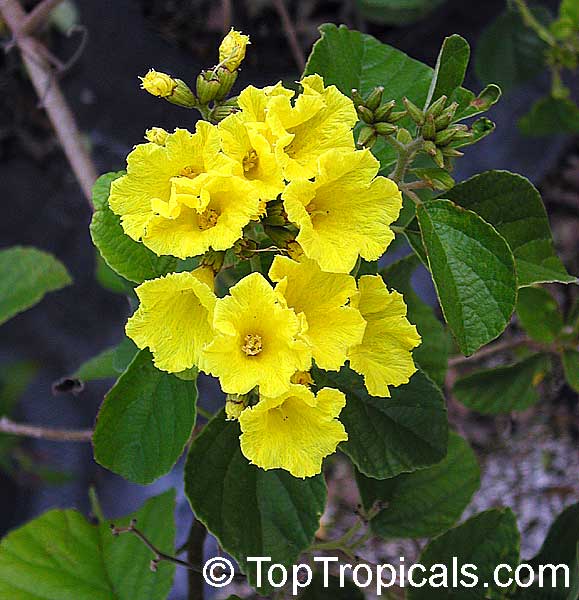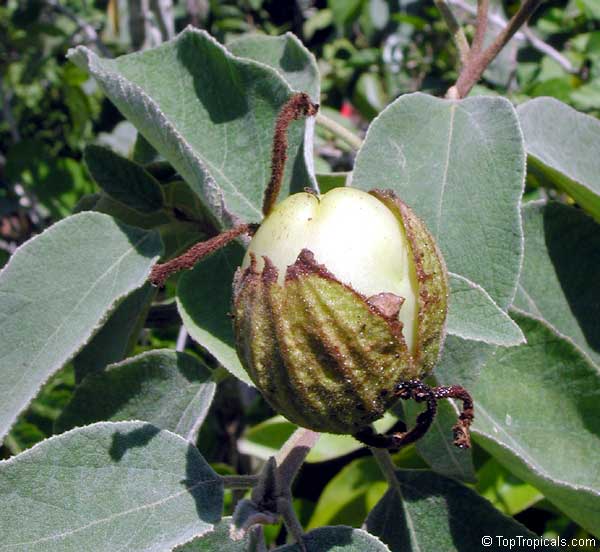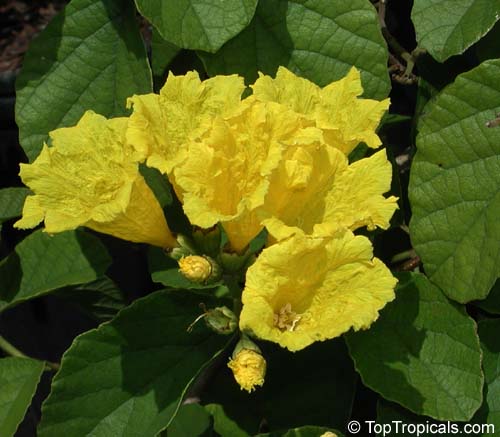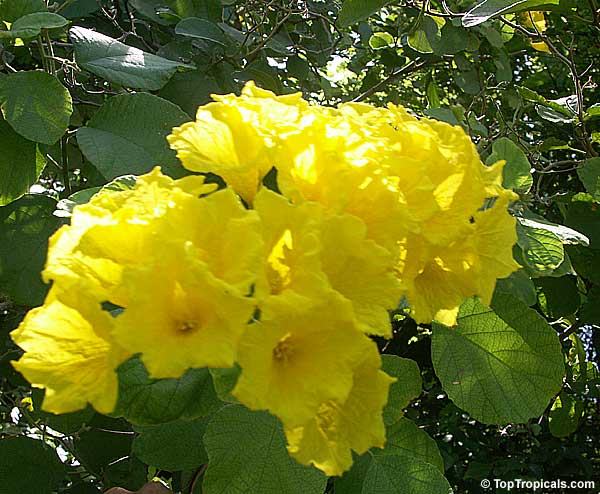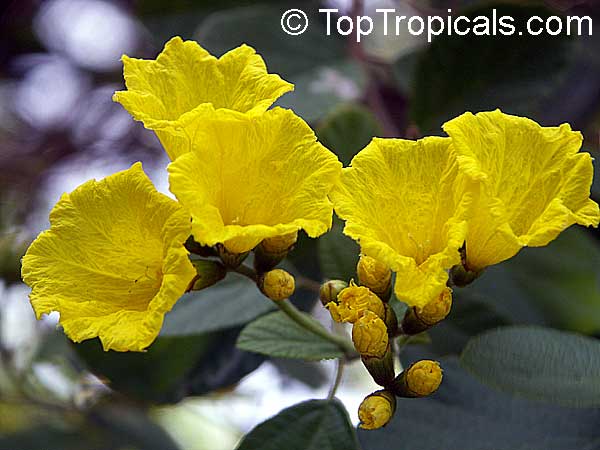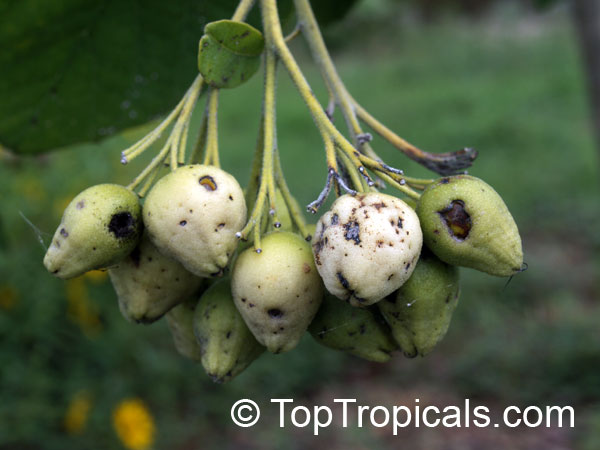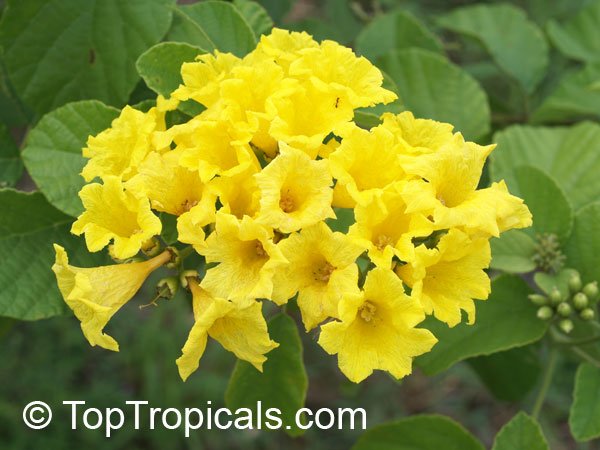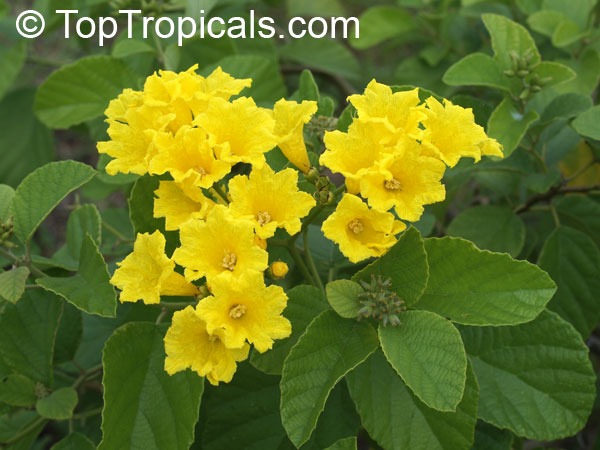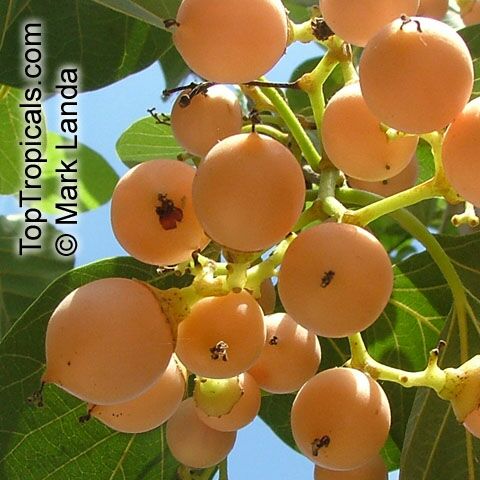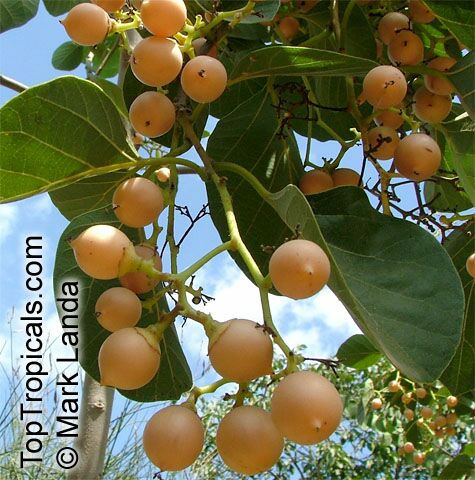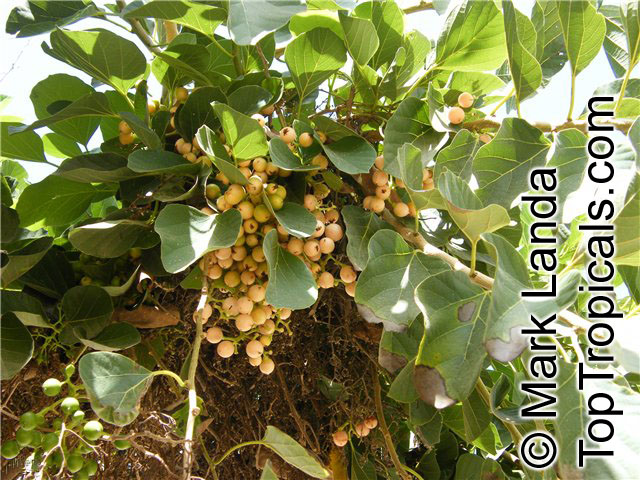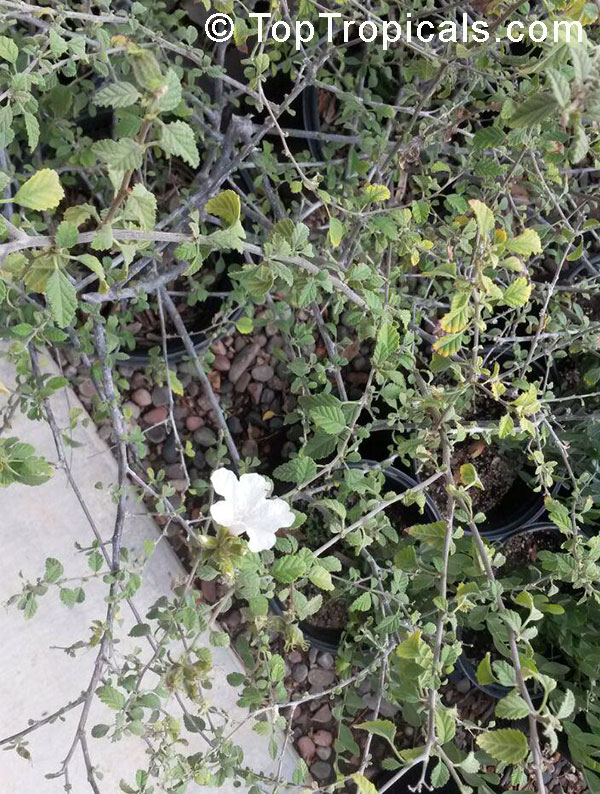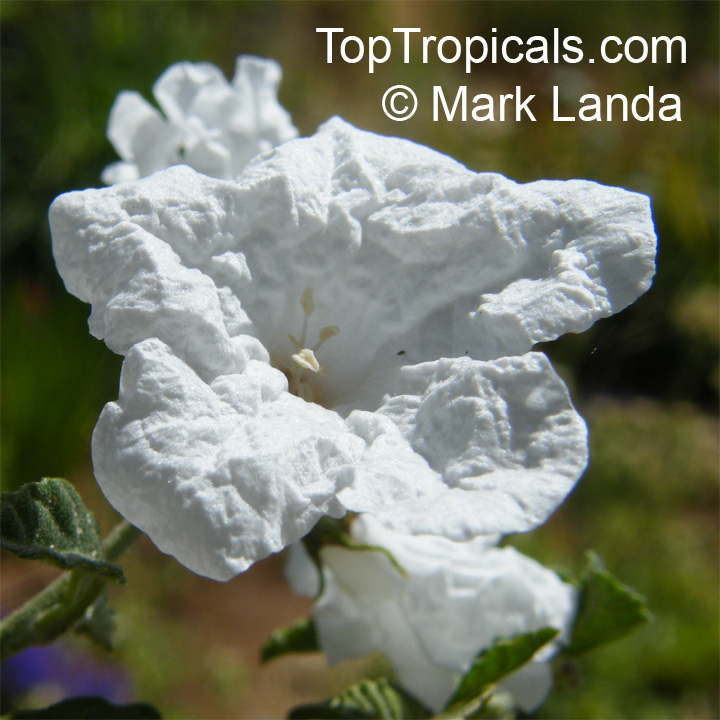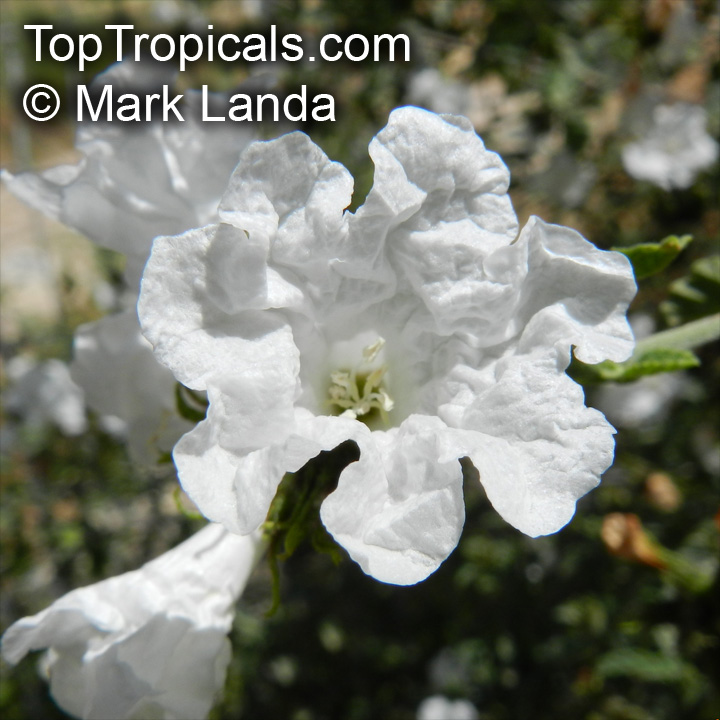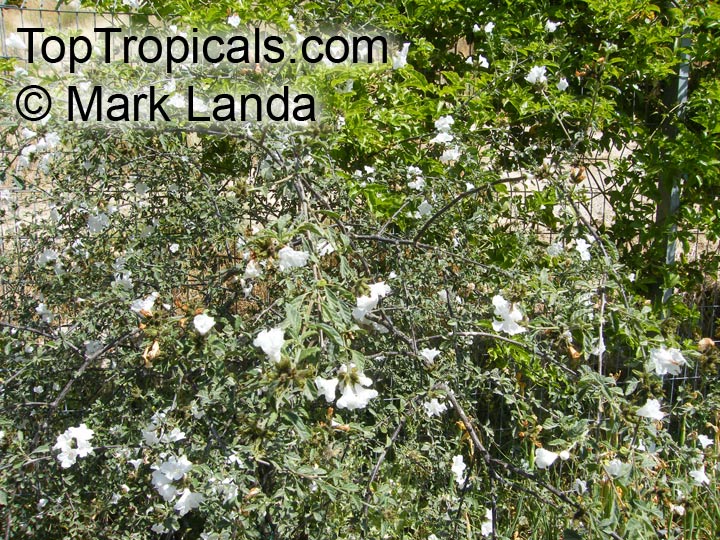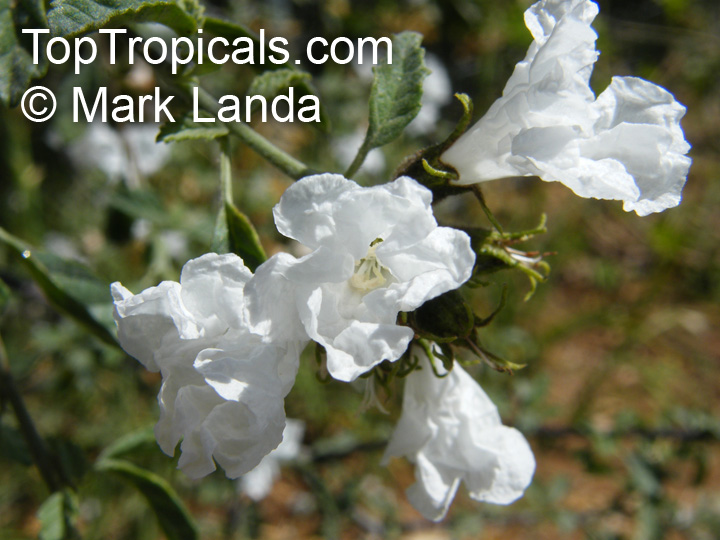Boraginaceae - Botanical Family
Top Tropicals Plant Encyclopedia
| Number of plants found: 31 | Next | 
|
Go to page: | 1 | 2 | 3 | 4 |
Botanical names: Argusia gnaphalodes, Heliotropium gnaphalodes
Common names: Sea Rosemary, Sea Lavender
Family: Boraginaceae
Origin: West Indies








Argusia gnaphalodes produces white and off-white flowers that last the whole year on and off, making it a great source of nectar for butterflies and hummingbirds. The large shrub can reach up to 5 or 10 feet in height, while the small shrub has a maximum size of 2 to 5 feet tall. It has an ornamental foliage that is both elegant and eye-catching and makes it a great addition to any garden, both in seaside and inland regions.
This plant, being native to the West Indies, thrives best in warm climates and is only appropriate for USDA Zones 9 through 11. It requires full sun and moderate amounts of water, making it both drought and salt tolerant. In cold regions, it can be grown in a container, preferably one made from a breathable material to let moisture evaporate. It should be planted shallowly, no more than two to three inches deep, and its soil should sit in a tray of water to keep the plant sufficiently moist.
When grown indoors or in a pot, Argusia gnaphalodes should be given plenty of sunlight, preferably at least 6 hours a day, and watered regularly to keep the soil moist but not soggy. In cold weather, it should be moved to a warmer area or sheltered from frost. Fertilizing once in the early spring and perhaps once in the fall should be enough to provide it with the necessary nutrients.
Overall, Argusia gnaphalodes is a great plant for any garden, as it provides nectar for butterflies and hummingbirds, can tolerate drought and salt, and offers an ornamental foliage to liven up any space. Its low-maintenance care makes it an ideal option for any gardener, whether at home or in a commercial setting.
Botanical name: Bourreria cassinifolia
Common names: Little Strongbark, Smooth Strongbark
Family: Boraginaceae
Origin: North America







Bourreria cassinifolia is a superb wildlife attractant. Hummingbirds, butterflies, and an assortment of insects are irresistibly drawn to the nectar. Makes a good container specimen or bonsai.
Botanical name: Codon royenii
Common name: Honey Bush
Family: Codonaceae (Formerly:Boraginaceae)
Origin: South Africa






The species of the genus Codon are annual to perennial herbs.
Codon royenii is not grown horticulturally. The attractive flowers of this species present a challenge to the keen gardener!
Botanical name: Cordia boissieri
Common names: Texas Olive, Anacahuita
Family: Boraginaceae
Origin: Texas Rio Grande area, northern Mexico










Very popular small trees adorned through much of the spring and summer with large clusters of showy white flowers. It is indigenous to the chaparral areas of extreme southern Texas and well into Mexico. Preference for sandy, gravely, well drained soils. Requires ample water to become established, after which it is generally considered quite water efficient. Periodic, deep soakings through the hottest period of summer will aid in leaf retention and improved color. These plants don't like to be grown in pots, in spite of their small size, and usually don't look very happy in containers; however once planted in the ground,they grow faster and start thriving. Cold tolerant plant, takes some freeze.
Recommended Fertilizer: SUNSHINE Megaflor - Bloom Nutrition Booster
Botanical name: Cordia caffra
Common names: Septee, Saucer-berry
Family: Boraginaceae
Origin: South Africa









The thin leaves are alternate, with a slightly toothed margin, shiny dark green above and paler green below. The scented, cream-white, bell-shaped flowers are borne in clusters at the end of the branches in spring/early summer. The fleshy fruits are deep orange drupes and look attractively appetizing to both humans and birds when ripe. They are edible, but not very tasty. The large calyx forms a saucer around the base of the fruit and may account for the common name.
The tree occurs naturally in coastal and riverine forests and bush. Although this tree thrives in semishade, it can also be planted in full sun where it grows almost equally well.
Although it is found growing in warm climates, this tree can tolerate mild frost. It is advisable to protect the stem of a newly planted tree against frost for the first few winters, or until the stem at ground level reaches at least 80mm in diameter.
Parts of this tree are used medicinally to treat sore eyes, fever and wounds.
Botanical name: Cordia dentata
Common name: Cordia Suwana-Pruek
Family: Boraginaceae
Origin: Mexico










Small tree or shrub with clusters of crincly, papery, pale yellow flowers and sand-paper-like leaves.
Botanical name: Cordia goeldiana
Common names: Freijo, Jenny Wood
Family: Boraginaceae
Origin: Brazil





Freijo is very similar in strength properties to Teak, and is occasionally used as a substitute for Teak in building ships.
Botanical name: Cordia lutea
Common names: Yellow Geiger, Muyuyo
Family: Boraginaceae
Origin: Ecuador, Marquesas, Galapagos, Peru







Ever-blooming small tree with elliptic leaves with rough upper surface. Flowers are bright canary-yellow in clusters. Free-branching habit. The plant requires regular watering until established. Nice specimen container plant.
Recommended Fertilizer: SUNSHINE Megaflor - Bloom Nutrition Booster
Botanical name: Cordia myxa
Common names: Assyrian Plum, Lasura
Family: Boraginaceae
Origin: Tropical Asia






Cordia myxa (Assyrian Plum) is a small deciduous tree native to tropical Asia and grows to about 10-20 ft in height. It thrives in full sun and requires moderate water. This plant produces magnificent white or off-white flowers from May to October, and around June, it produces surprisingly edible and sweet plums. This ethnomedical plant is appreciated for its many health benefits, from its ripe fruit full of vitamins to the Lasura bark and roots which can be used as a local remedy against cough, cold and other ailments.
When grown in a container, Cordia myxa will thrive in USDA Hardiness Zones 9-11. To ensure its optimal growth, the soil should be kept moist but not soggy. If you live in a region with colder winter temperatures, make sure to shelter the plant indoors, such as in a warm porch. When on the move indoors, bringing the plant into warmer temperature slowly is necessary to prevent shock. When taking outdoors in the warmer weather, the transition must also be consistent to ensure optimal growth. Additionally, the plant will appreciate a bit of fertilizer a couple of times during the growing season.
Botanical name: Cordia parvifolia
Common name: Little Leaf Cordia
Family: Boraginaceae
Origin: Mexico








Evergreen, drought deciduous shrub with olive-gray leaves and bark. Drought-tolerant; suitable for xeriscaping. Great informal hedge or barrier in low water areas. Blooms in Spring and after Summer rains.
| Next |  |
Use link to repeat this search:
https://toptropicals.com/cgi-bin/garden_catalog/cat.cgi?search_op=and&keyword_op=and&language=e&family=Boraginaceae
&number=10&no_change_lang=1&user=tt&sale=1&first=0
